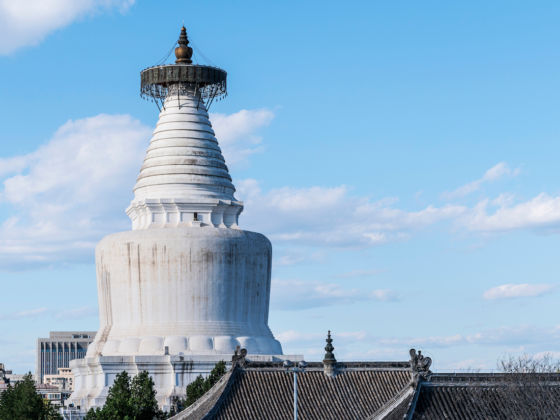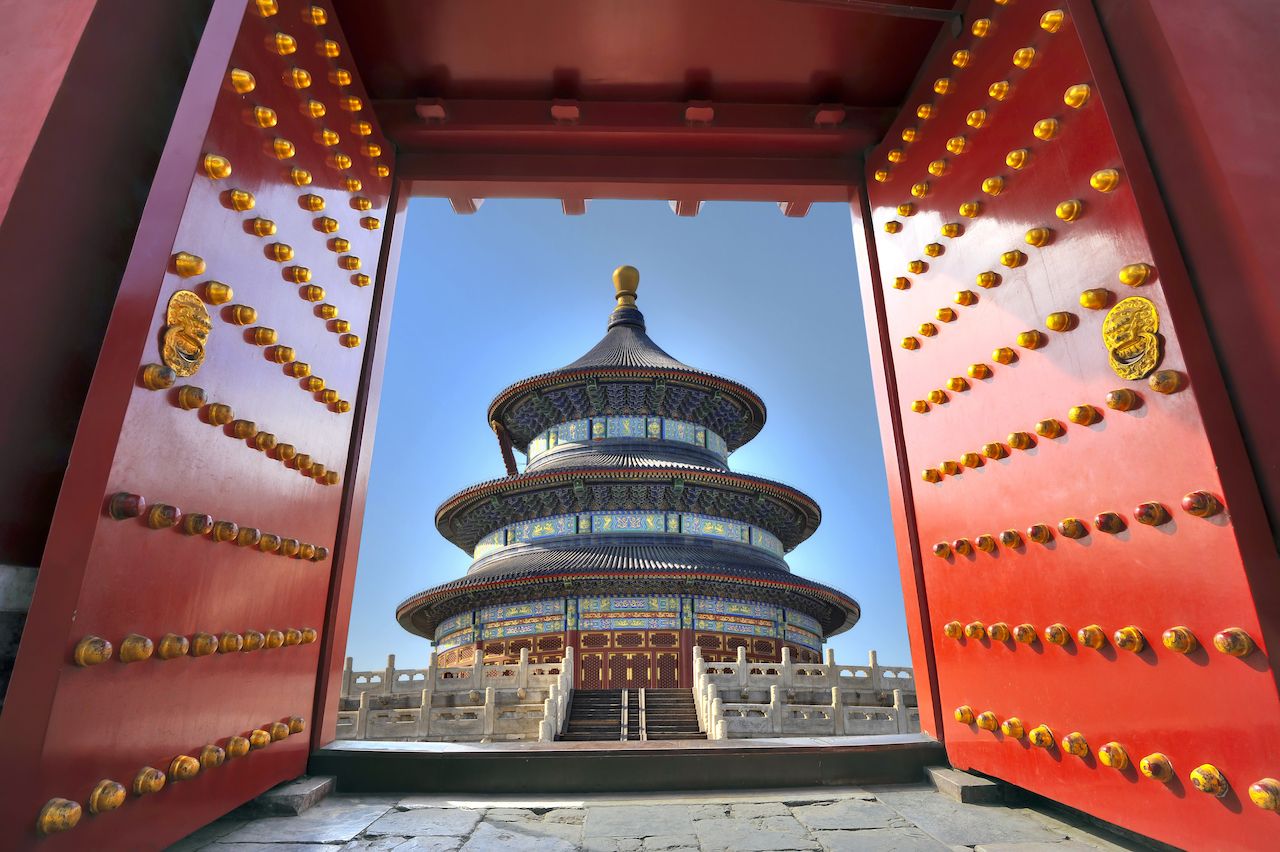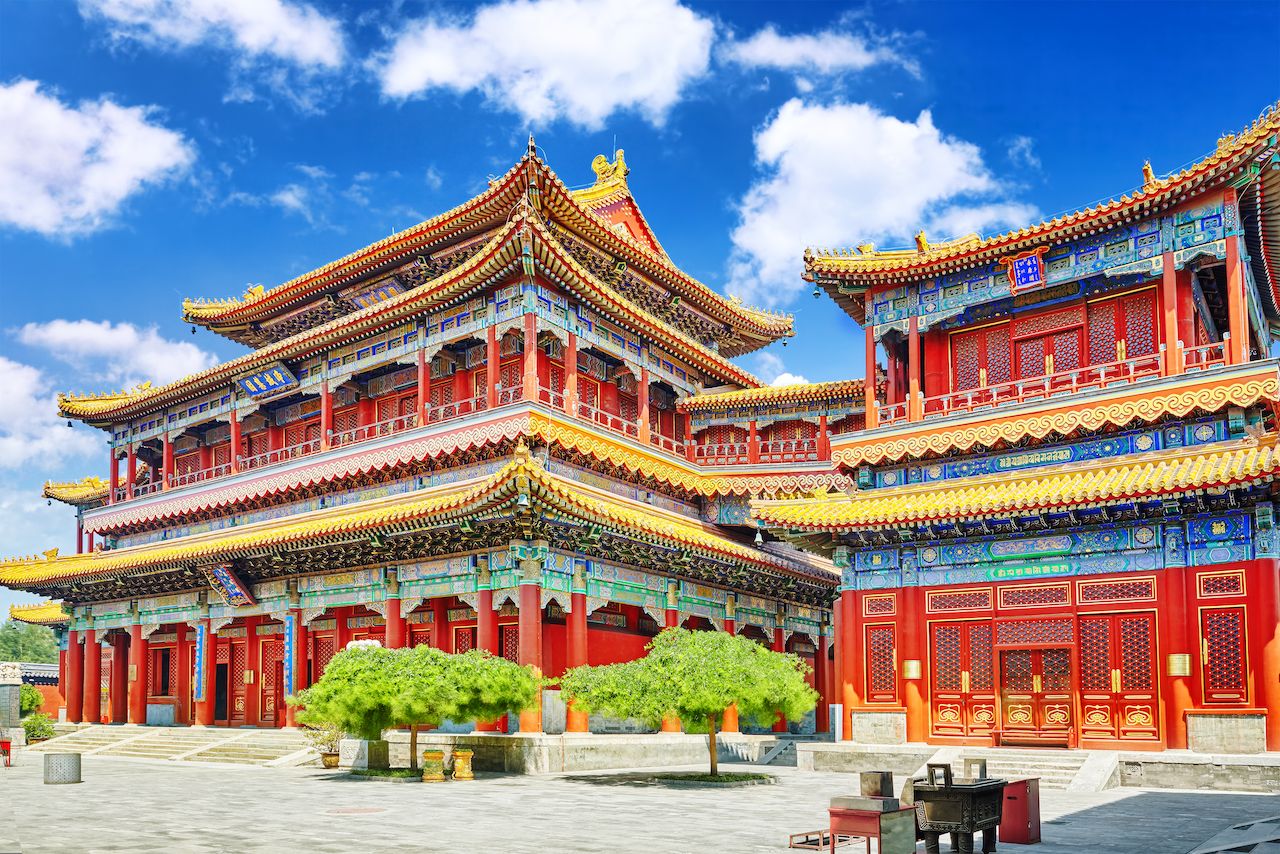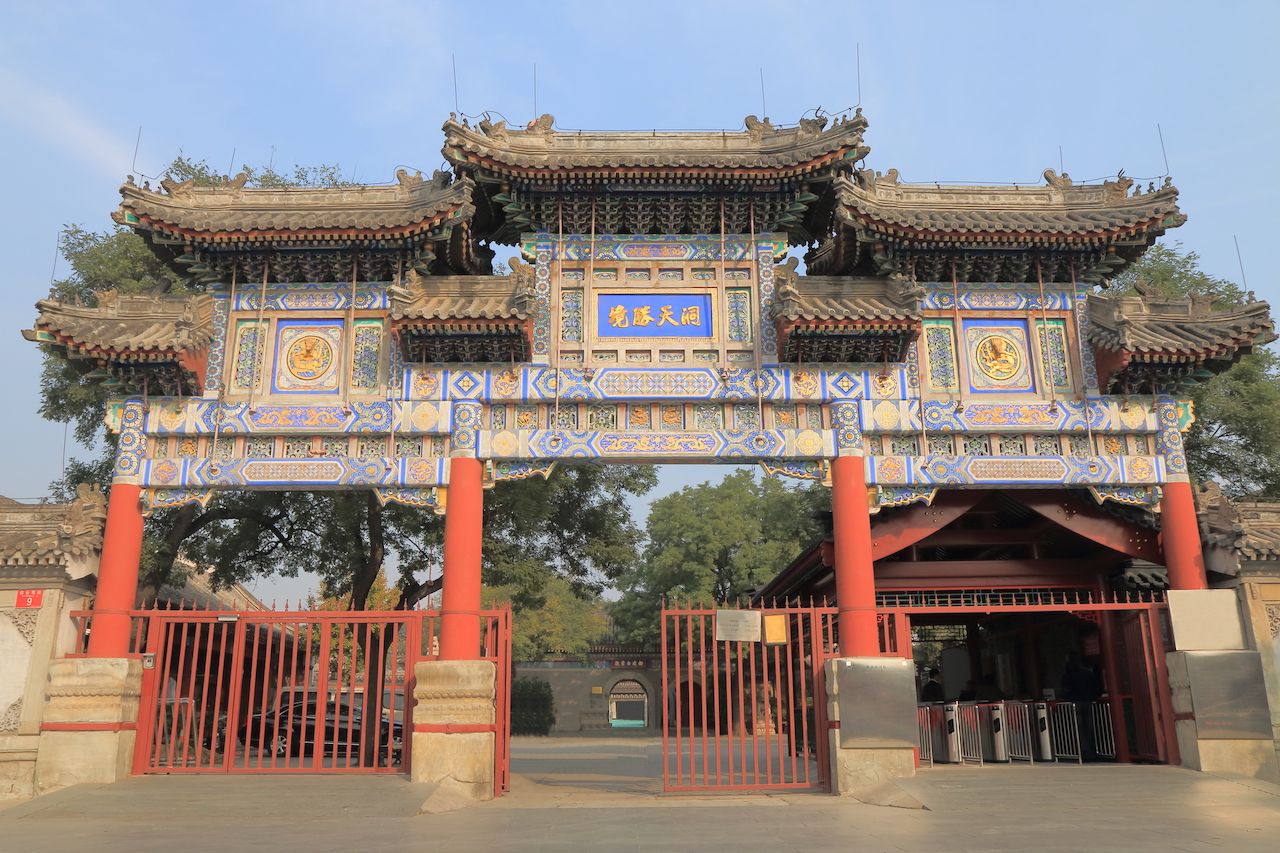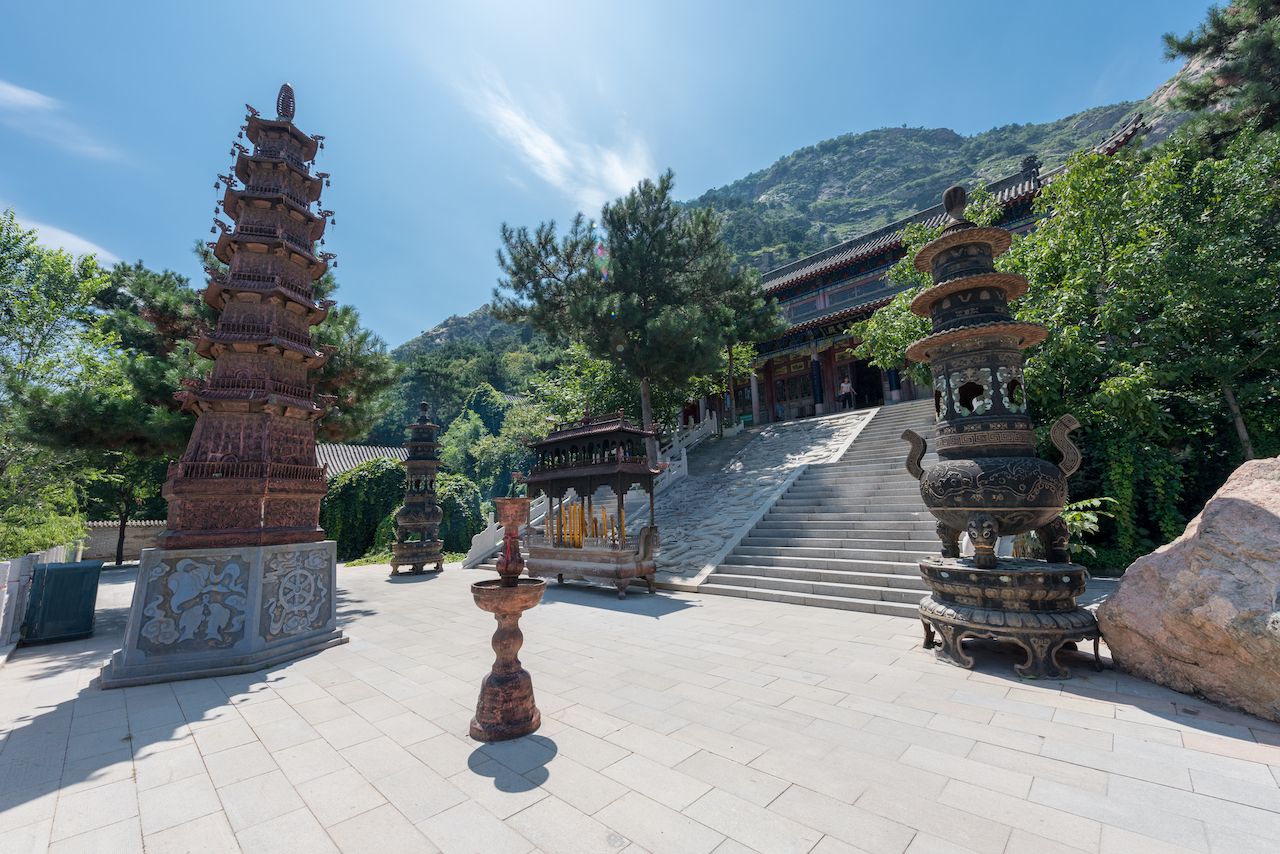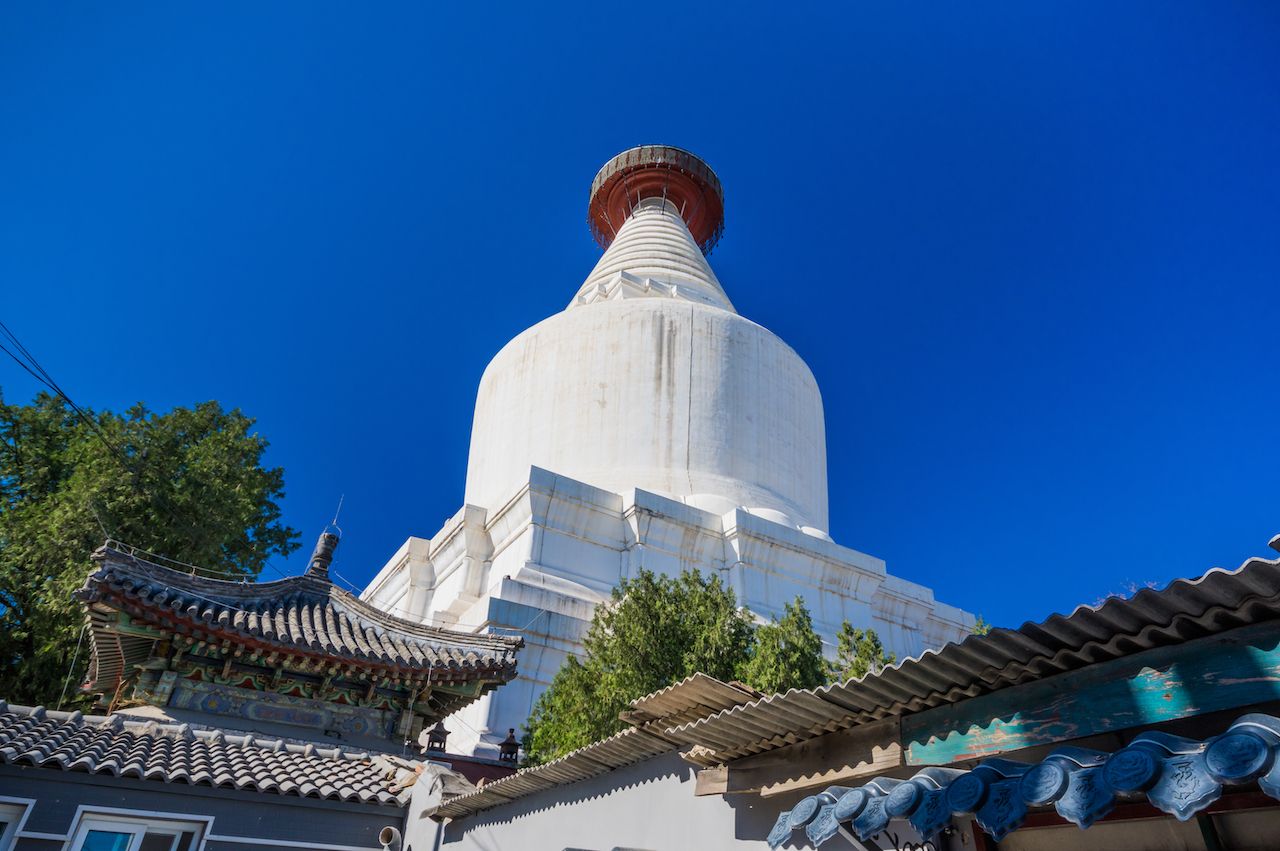Temples hold important cultural and historical significance in China. Whether they’re Buddhist, Taoist, Confucian, or something of the like, there are myriad temples all throughout the country. In the capital city of Beijing alone, there are hundreds upon hundreds of temples.
Many Chinese temples are built with the concepts of harmony and symmetry in mind. While complexes can have buildings scattered around the grounds, there is almost always a central axis, a north-south pathway, on which the more important buildings lie. The buildings, statues, and other decor on either side of the central axis typically match the opposite side in perfect symmetry.
Visiting the temples in Beijing can provide a lens not only into the different religions and philosophies that people there follow but also into the different Chinese architecture styles, which reflect the dynasties in which they were built. Temple hopping can be draining, however, so spend your time wisely by checking out Beijing’s seven best.
